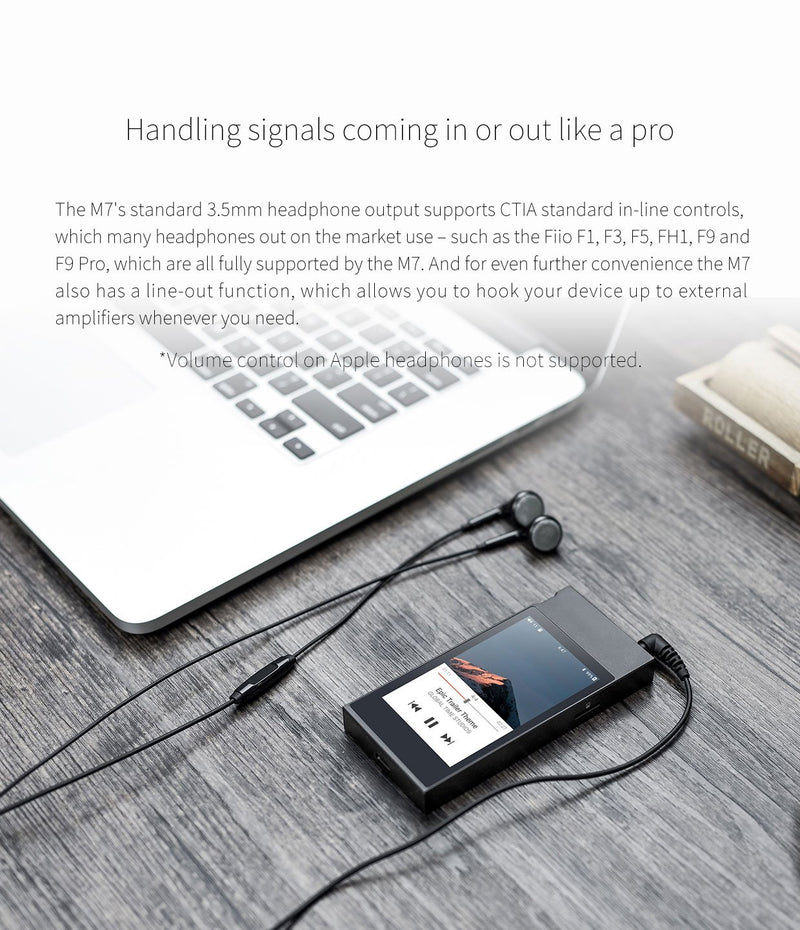

But you won’t be able to hear it on your AirPods Pro, AirPods Max or HomePod. When Apple’s selection of hi-res music arrives in June, you’ll be able to play it back on your iPhone, iPad, Mac and Apple TV. Which devices will lossless Apple Music work on? And this is where it all gets a bit annoying. Certainly, if it had been available a few months back, I’d have had no reason to head over to TIDAL in order to enjoy lossless music.īut Apple is even smarter than that, because I don’t believe for one moment that the reason they’re introducing lossless audio is to tempt a few TIDAL subscribers back their way.Īs always, it’s about hardware sales.

The libraries are all but the same, which leaves the user interface, playlist curation (of which I still think Spotify is a clear winner) and audio quality as the only points of differentiation.Īs soon as Apple joins the hi-res audio bandwagon, there are far fewer reasons to switch services. In the streaming music space, there’s very little available to differentiate oneself.

Music player on mac for high def music for free#
Apple knows that, which is why it has decided to offer its own version of lossless audio for free to existing Apple Music subscribers. You have to really want to hear this kind of audio to sign up for a service like TIDAL.

It is absolutely noticeable and makes Apple Music’s AAC codec sound incredibly restricted and devoid of detail.īut it isn’t cheap. Paired with a decent pair of headphones, DAC (digital-to-analogue converter) and amp, music comes alive. I have a subscription to TIDAL, and it is fantastic. I’ve hit you with enough numbers and kHz already today, so I won’t get into the weeds with the codecs and bit rates they offer, but they’re all essentially providing the same thing: lossless audio streaming. TIDAL, Amazon Music and Deezer are three examples of streaming music services which offer hi-resolution audio, and they’ve been doing so for a number of years. But Apple aren’t first to the post with this (as usual). So, in summary, lossless audio sounds far more like a CD. Oh, and there’s also Apple Digital Masters, which have been around for a while, and refers to a recording and mastering process engineers can follow in order to ensure that listeners hear the exact recording as it left the studio. It’s not clear how many tracks will be available with that level of encoding from launch. They’re referring to the second version as ‘Hi-Resolution Lossless’, which will go all the way up to 24 bit at 192 kHz (“for the true audiophile”). The first will be applied to the entire Apple Music library and will stream 16 bit audio at between 44.1 kHz and 48 kHz. As a result, the file sizes are far bigger, but the music has room to breathe and sound like it would if you played it from a CD.Īpple will be offering two versions of lossless audio from June. It retains as much of the original recording as possible. Tiny details such as a singer’s lingering breath, the gentle fade of a ride cymbal or the initial transient punch of a kick drum are all but removed in order to preserve file sizes. This matters, because compression removes much of the dynamics from that original recording. It’s ok, but it’s still highly compressed and not particularly true to the original recording. If you’re interested, Apple Music streams its tracks at 256Kbps in the AAC (Advanced Audio Coding) codec. This is entirely normal for standard streamed audio and has been the case ever since the MP3 was invented. If you listen to any track on Apple Music today, you’ll hear a compressed version of the original recording.


 0 kommentar(er)
0 kommentar(er)
